 |
 |
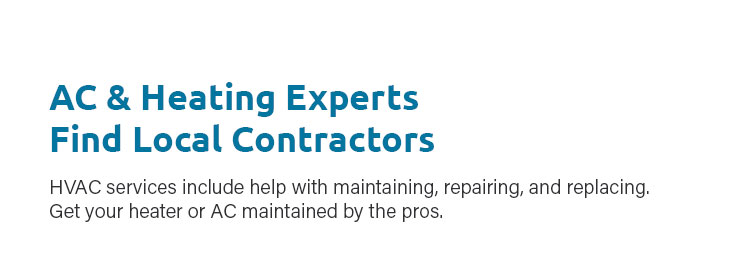 |
 |
 |
 |
 |
 |
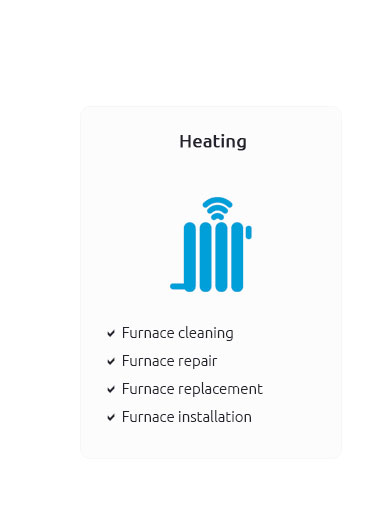 |
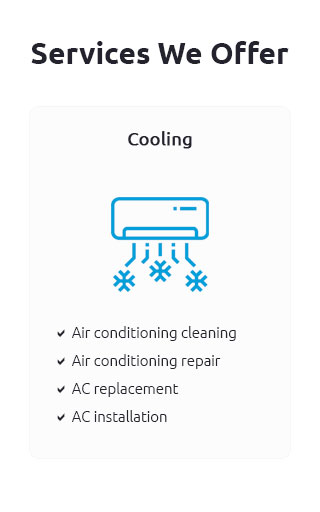 |
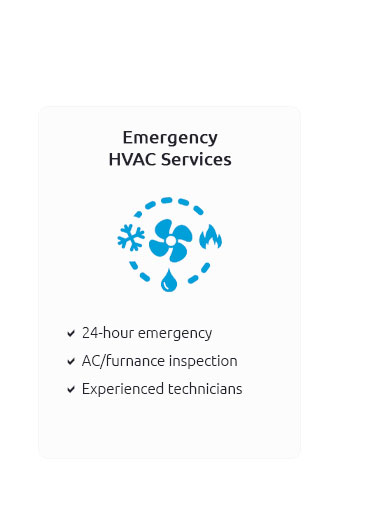 |
 |
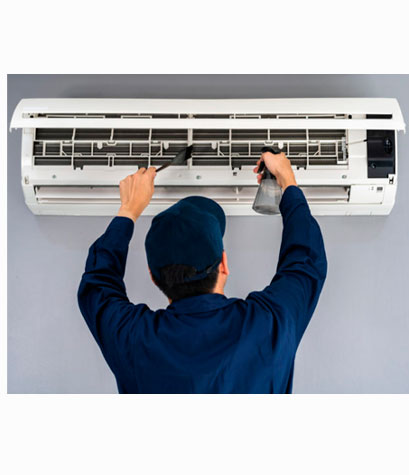 |
 |
 |
 |
Oil Furnace Vent Pipe Installation: A Comprehensive GuideUnderstanding the Basics of Oil Furnace VentingInstalling an oil furnace vent pipe is a critical task to ensure safety and efficiency in your heating system. This process involves connecting the furnace to the chimney or vent system, allowing combustion gases to exit safely. Essential Tools and MaterialsBefore starting the installation, gather the necessary tools and materials. This will streamline the process and ensure you have everything you need at your fingertips.
Steps for Installing an Oil Furnace Vent Pipe1. Measure and Cut the PipeMeasure the distance from the furnace to the chimney or vent opening. Cut the pipe sections to fit this distance, allowing for any necessary turns. 2. Assemble the Pipe SectionsStart at the furnace and work towards the vent outlet. Connect each pipe section, using pipe elbows as needed. Secure each joint with sheet metal screws. 3. Seal and Secure the ConnectionsApply a high-temperature sealant to each connection point to ensure no gases escape. Tighten all screws firmly but avoid over-tightening. For professional assistance, consider contacting hvac companies near me for expert guidance. Common Mistakes to Avoid
Maintenance and TroubleshootingRegular maintenance is key to ensuring your vent pipe functions correctly. Check for blockages, corrosion, and ensure all connections remain tight. If issues arise, such as unusual noises or poor venting, it may be wise to consult hvac in rock hill professionals for a thorough inspection. FAQ
https://forum.heatinghelp.com/discussion/189300/what-flue-pipe-to-use-for-oil-furnace
You can use type 'L' vent or class A chimney for oil. Observe the mfrs. installation instructions including vent height but above anticipated ... https://www.youtube.com/watch?v=6gr36tv38ec
Furnace venting: is a single-pipe installation on a high-efficiency furnace a problem? ... Oil Burner maintenance - setting electrodes and ... https://www.doityourself.com/stry/how-to-attach-a-vent-pipe-to-an-oil-furnace
Step 1 Do the Preparations - Step 2 - Purchase the Pipes - Step 3 - Install the Pipe - Step 4 Assemble the Pipes - Step 5 - Attach the Pipes.
|